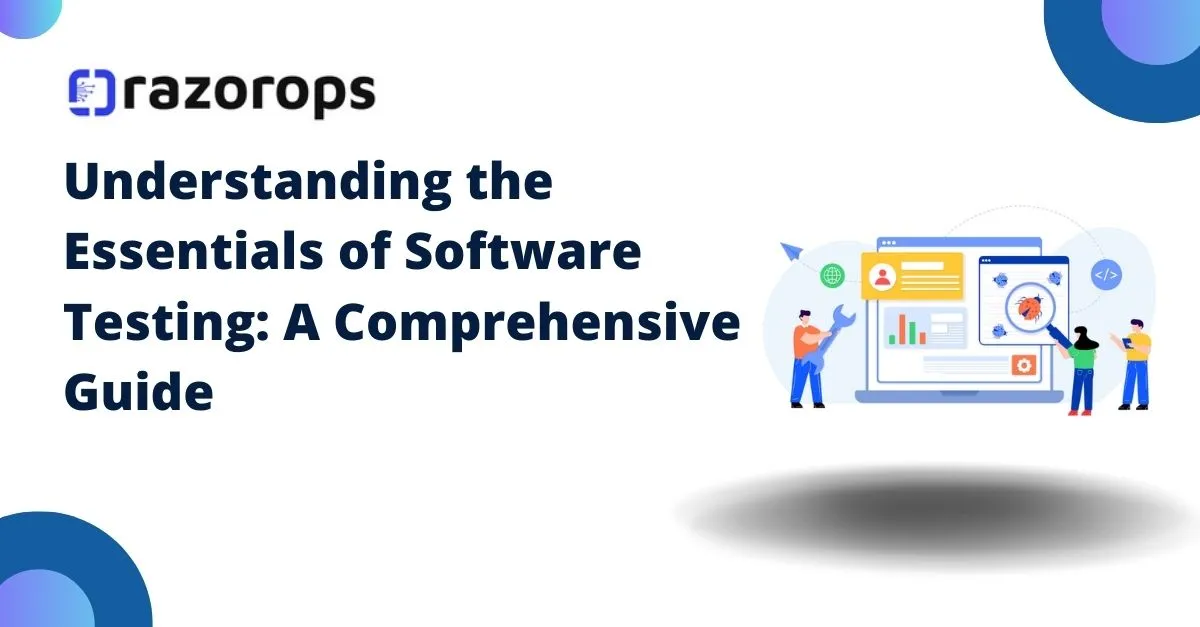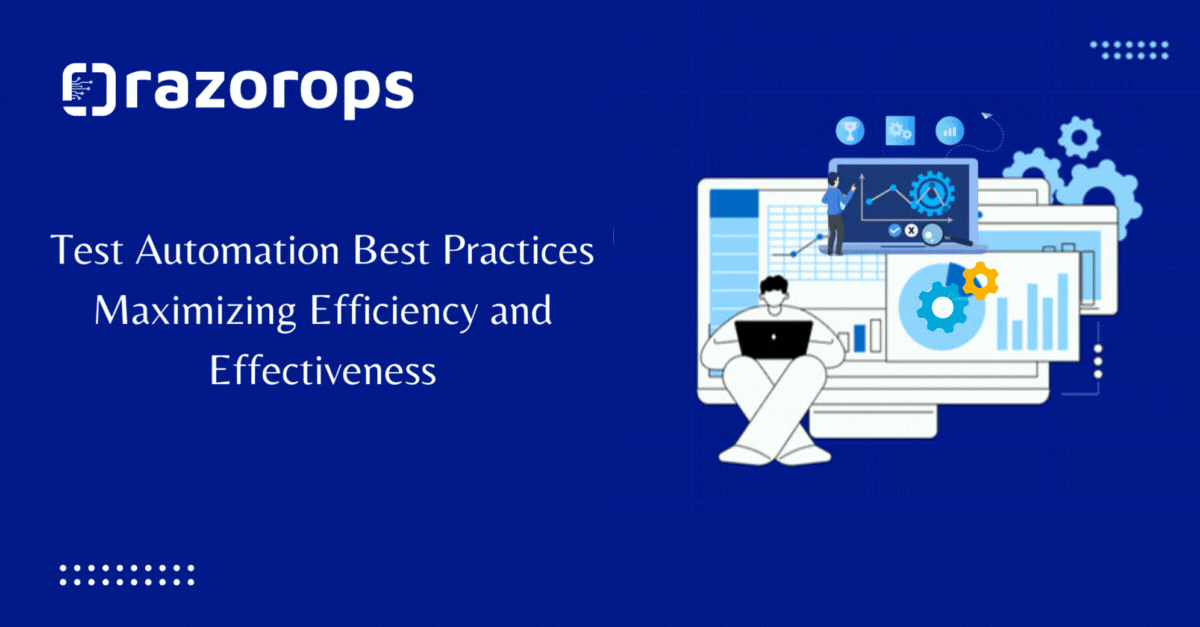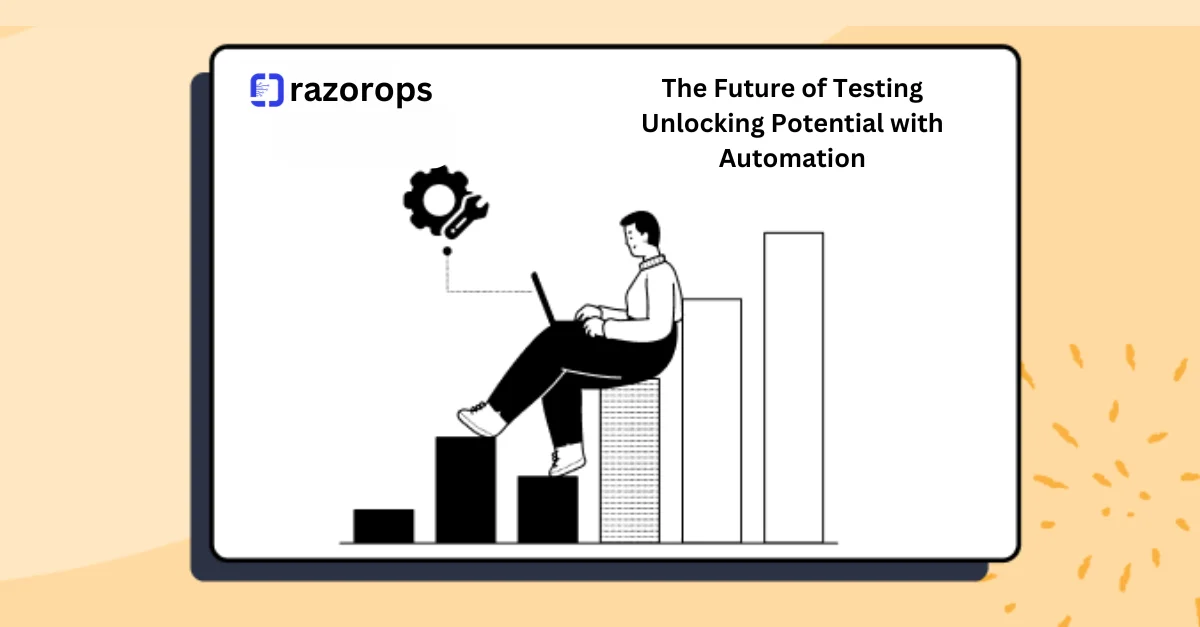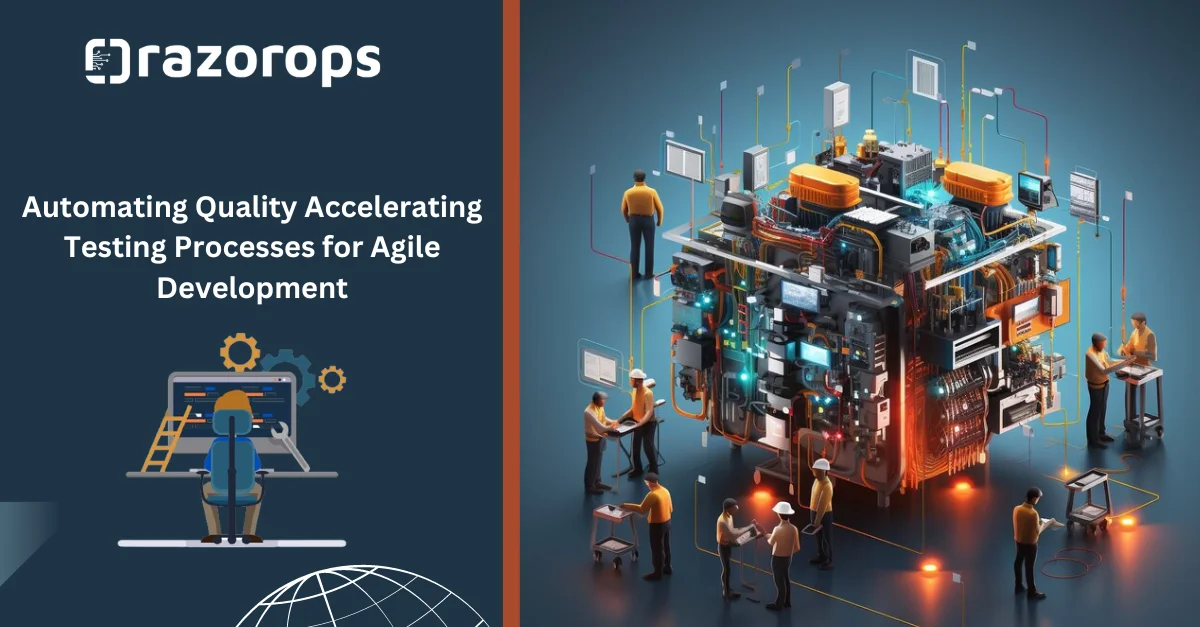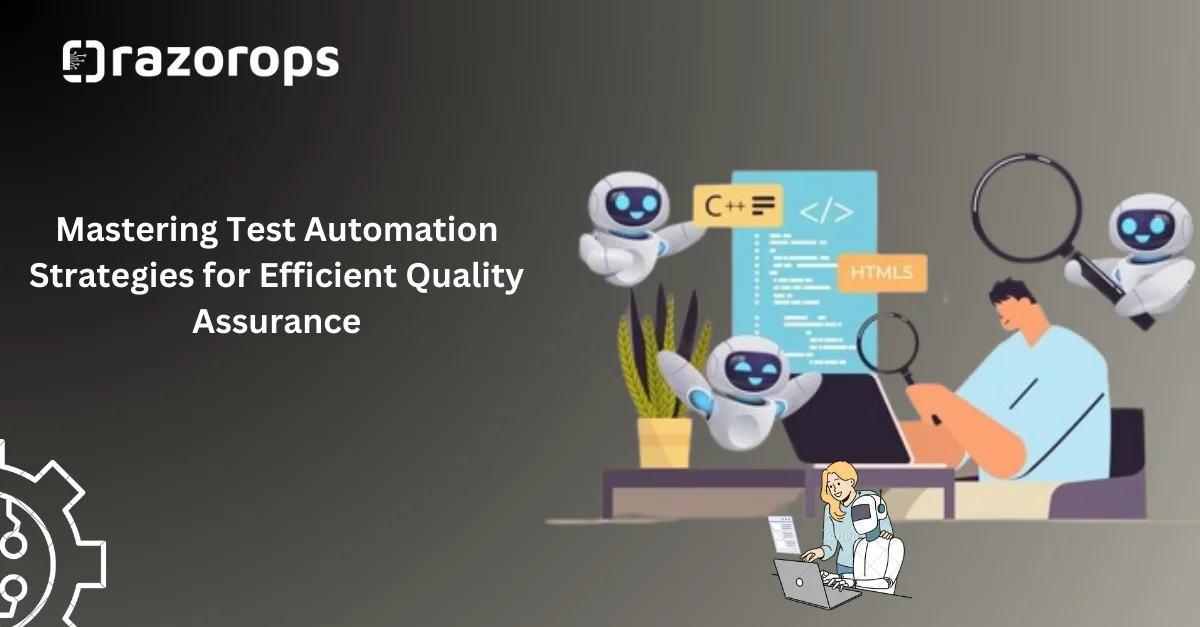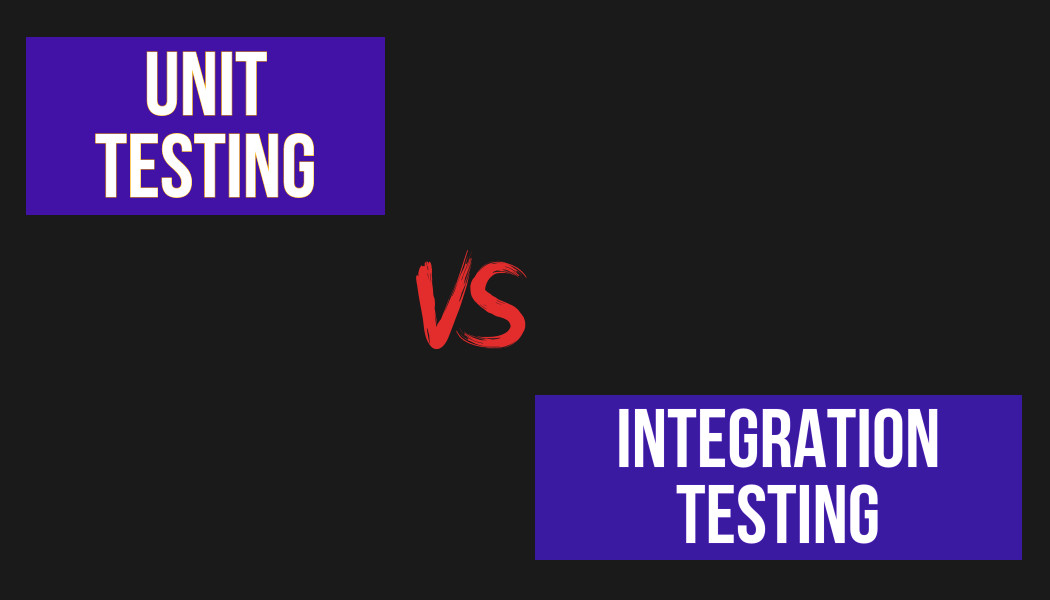Top 50 Security Testing In CICD Interview Questions and Answers
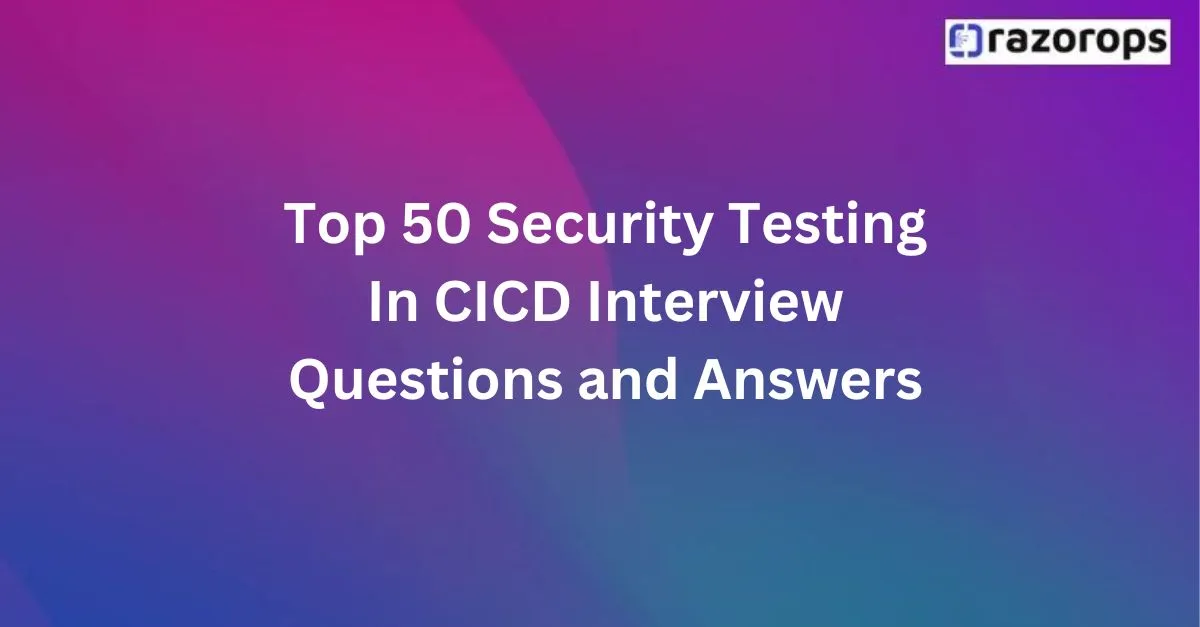
Top 50 Security Testing In CICD Interview Questions and Answers
1. What is security testing in the context of CI/CD?
Answer: Security testing in CI/CD involves integrating security measures and tests into the CI/CD pipeline to identify and mitigate security vulnerabilities continuously throughout the software development lifecycle.
2. Why is security testing important in CI/CD?
Answer: It ensures that security vulnerabilities are identified and fixed early in the development process, reducing the risk of security breaches in production environments.
3. What are the common types of security testing?
Answer: Common types include static application security testing (SAST), dynamic application security testing (DAST), interactive application security testing (IAST), and software composition analysis (SCA).
4. What is Static Application Security Testing (SAST)?
Answer: SAST is a white-box testing method that analyzes source code or binaries for vulnerabilities without executing the program.
5. What is Dynamic Application Security Testing (DAST)?
Answer: DAST is a black-box testing method that tests the running application for vulnerabilities by simulating attacks.
6. How does Interactive Application Security Testing (IAST) work?
Answer: IAST combines elements of SAST and DAST, analyzing code in real-time as it runs to identify vulnerabilities with better accuracy.
7. What is Software Composition Analysis (SCA)?
Answer: SCA identifies vulnerabilities in open-source libraries and third-party components used within the application.
8. What are the best practices for integrating security testing in CI/CD pipelines?
Answer: Best practices include automating security tests, incorporating security testing early and often (shift-left security), using multiple testing methods, and maintaining up-to-date security tools.
9. What are the common tools for SAST?
Answer: Common tools include SonarQube, Checkmarx, Veracode, and Fortify.
10. What are the common tools for DAST?
Answer: Common tools include OWASP ZAP, Burp Suite, and Acunetix.
11. How can security testing be automated in a CI/CD pipeline?
Answer: Security testing can be automated using scripts, security testing tools with CI/CD integrations, and by incorporating security testing stages in the CI/CD workflow.
12. What is the concept of ‘shift-left’ in security testing?
Answer: ‘Shift-left’ means integrating security testing early in the development process to catch vulnerabilities sooner, reducing the cost and effort of remediation.
13. What are security gates in a CI/CD pipeline?
Answer: Security gates are checkpoints that ensure the application meets certain security criteria before progressing to the next stage in the pipeline.
14. What is a vulnerability management process?
Answer: It is a process for identifying, evaluating, treating, and reporting security vulnerabilities in software and systems.
15. How does container security testing work in CI/CD?
Answer: It involves scanning container images for vulnerabilities, ensuring secure configurations, and monitoring runtime behavior.
16. What is a dependency vulnerability, and how can it be mitigated?
Answer: A dependency vulnerability is a flaw in a third-party library or component. It can be mitigated by using SCA tools and keeping dependencies updated.
17. What is penetration testing, and how does it fit into CI/CD?
Answer: Penetration testing simulates real-world attacks to find vulnerabilities. In CI/CD, it can be performed periodically or after major releases.
18. How do you handle false positives in security testing?
Answer: By refining testing tools, tuning detection rules, and manually reviewing and validating detected issues.
19. What is secure coding practice?
Answer: Secure coding practice involves following guidelines and standards to write code that is resilient to security threats.
20. How do you ensure compliance with security standards in CI/CD?
Answer: By integrating security standards and regulatory requirements into the CI/CD pipeline and using tools that enforce these standards.
21. What is threat modeling, and why is it important?
Answer: Threat modeling is the process of identifying potential threats and vulnerabilities to design more secure systems. It’s important for proactive security planning.
22. How does CI/CD improve the security of an application?
Answer: CI/CD automates and streamlines the integration and deployment process, ensuring consistent and frequent security checks, reducing the window of vulnerability.
23. What is the role of encryption in securing CI/CD pipelines?
Answer: Encryption protects data in transit and at rest within the CI/CD pipeline, ensuring confidentiality and integrity.
24. What is the importance of logging and monitoring in CI/CD security?
Answer: Logging and monitoring help detect and respond to security incidents in real-time, providing insights into system behavior and potential threats.
25. What are the key elements of a secure CI/CD pipeline?
Answer: Key elements include automated security testing, secure code practices, access control, encryption, logging, monitoring, and compliance checks.
26. How can access control be implemented in CI/CD?
Answer: By using role-based access control (RBAC), multi-factor authentication (MFA), and least privilege principles.
27. What is a security baseline, and why is it important?
Answer: A security baseline is a set of minimum security standards and configurations. It’s important for ensuring a consistent security posture across environments.
28. How do you handle secrets management in CI/CD?
Answer: By using secret management tools like HashiCorp Vault, AWS Secrets Manager, or Azure Key Vault to securely store and manage sensitive information.
29. What are some common CI/CD security vulnerabilities?
Answer: Common vulnerabilities include insecure code, outdated dependencies, improper access control, exposed secrets, and insufficient logging.
30. How do you ensure the security of third-party integrations in CI/CD?
Answer: By vetting third-party tools, using secure APIs, and regularly updating and monitoring integrations.
31. What is container image scanning, and why is it important?
Answer: Container image scanning analyzes container images for known vulnerabilities. It’s important for preventing deployment of insecure containers.
32. What is the role of infrastructure as code (IaC) in CI/CD security?
Answer: IaC allows for automated, consistent, and secure infrastructure provisioning, reducing the risk of configuration drift and human error.
33. How do you secure the CI/CD environment itself?
Answer: By using hardened servers, securing CI/CD tools, applying patches and updates, and isolating environments.
34. What are some best practices for secure code review?
Answer: Best practices include using automated code review tools, conducting peer reviews, and following secure coding guidelines.
35. How do you perform a security assessment in a CI/CD pipeline?
Answer: By conducting regular audits, using security testing tools, reviewing configurations, and monitoring for anomalies.
36. What is a security incident response plan, and why is it important?
Answer: It’s a predefined strategy for handling security incidents. It’s important for minimizing damage and recovering quickly from breaches.
37. How do you keep up with the latest security threats and vulnerabilities?
Answer: By following security news, subscribing to threat intelligence feeds, and participating in security communities.
38. What is the role of continuous monitoring in CI/CD security?
Answer: Continuous monitoring provides real-time visibility into security issues, allowing for prompt detection and response.
39. How do you implement compliance checks in CI/CD?
Answer: By integrating compliance tools, using automated audits, and enforcing policies that align with regulatory requirements.
40. What is a security policy, and how does it apply to CI/CD?
Answer: A security policy is a set of rules and guidelines for protecting information and systems. In CI/CD, it ensures consistent security practices.
41. How do you secure APIs used in CI/CD?
Answer: By implementing authentication, authorization, input validation, and monitoring API activity for anomalies.
42. What is the principle of least privilege, and how is it applied in CI/CD?
Answer: It ensures that users and processes have only the permissions necessary to perform their functions, reducing the attack surface.
43. What are some common tools for container security?
Answer: Common tools include Aqua Security, Twistlock (Palo Alto Networks), and Clair.
44. How do you handle security in serverless CI/CD environments?
Answer: By securing function code, managing access control, and using tools to monitor and secure serverless resources.
45. What is the role of configuration management in CI/CD security?
Answer: Configuration management ensures that system settings are secure and consistent across environments.
46. How do you secure build artifacts in a CI/CD pipeline?
Answer: By storing artifacts in secure repositories, using access controls, and verifying artifact integrity.
47. What is the role of vulnerability scanning in CI/CD?
Answer: Vulnerability scanning identifies and assesses security weaknesses in applications and infrastructure throughout the CI/CD process.
48. How do you perform a security review of CI/CD configurations?
Answer: By reviewing CI/CD tool settings, pipeline scripts, access controls, and ensuring compliance with security policies.
49. How do you integrate security into the software development lifecycle (SDLC)?
Answer: By embedding security practices and checks at every stage of the SDLC, from planning and design to development, testing, deployment, and maintenance.
50. What are security unit tests, and how are they used in CI/CD?
Answer: Security unit tests are tests designed to validate the security aspects of code at the unit level. They are used in CI/CD to ensure that individual components meet security requirements.
51. How can threat intelligence be used in CI/CD pipelines?
Answer: Threat intelligence can inform security testing, helping to identify emerging threats and vulnerabilities that need to be addressed in the pipeline.
52. What is the purpose of code signing, and how is it implemented in CI/CD?
Answer: Code signing ensures the integrity and authenticity of code. In CI/CD, it is implemented by digitally signing build artifacts before deployment.
53. How do you ensure secure deployment practices in CI/CD?
Answer: By automating deployments, using secure channels, enforcing access controls, and conducting post-deployment security checks.
54. What is a security champion, and what is their role in CI/CD?
Answer: A security champion is a team member who advocates for security practices and helps integrate security into the CI/CD pipeline.
55. How do you handle third-party dependencies in CI/CD security?
Answer: By regularly scanning dependencies for vulnerabilities, using trusted sources, and keeping them updated.
56. What is an attack surface, and how can it be minimized in CI/CD?
Answer: The attack surface is the sum of all points where an attacker can attempt to enter or extract data. It can be minimized by reducing exposed services, applying least privilege, and using secure coding practices.
57. How do you secure data in transit and at rest in CI/CD?
Answer: By using encryption protocols like TLS for data in transit and encryption mechanisms for data at rest.
58. What is the role of a security audit in CI/CD?
Answer: A security audit assesses the security posture of the CI/CD pipeline, identifying weaknesses and ensuring compliance with security policies.
59. How do you manage security vulnerabilities that are discovered in production?
Answer: By having an incident response plan, quickly patching vulnerabilities, conducting a post-mortem analysis, and updating the pipeline to prevent future issues.
60. What are the benefits of integrating security testing early in the CI/CD pipeline?
Answer: Benefits include early detection of vulnerabilities, reduced cost of remediation, improved security posture, and faster release cycles.
61. What is a security regression test, and why is it important?
Answer: Security regression tests ensure that new code changes do not introduce new vulnerabilities. They are important for maintaining the security integrity of the application.
62. How do you ensure secure code storage and version control in CI/CD?
Answer: By using secure repositories, enforcing access controls, enabling audit logs, and using tools like GitHub, GitLab, or Bitbucket with built-in security features.
63. What is the OWASP Top Ten, and how does it relate to CI/CD security?
Answer: The OWASP Top Ten is a list of the most critical web application security risks. It provides a framework for identifying and mitigating common vulnerabilities in the CI/CD pipeline.
64. How can you use machine learning for security testing in CI/CD?
Answer: Machine learning can help identify patterns and anomalies, predict potential security issues, and enhance the accuracy of security testing tools.
65. What is the role of compliance in CI/CD security?
Answer: Compliance ensures that the CI/CD pipeline adheres to regulatory requirements and industry standards, helping to avoid legal and financial repercussions.
66. How do you implement secure coding guidelines in CI/CD?
Answer: By training developers, using automated tools to enforce guidelines, conducting regular code reviews, and integrating secure coding practices into the development process.
67. What are the common security issues in microservices architectures, and how are they addressed in CI/CD?
Answer: Common issues include insecure communication, improper authentication, and data leakage. They are addressed by using secure communication protocols, enforcing authentication and authorization, and isolating services.
68. How do you handle security in multi-cloud CI/CD environments?
Answer: By applying consistent security policies across clouds, using cloud-native security tools, and ensuring secure communication between services.
69. What is a security playbook, and how is it used in CI/CD?
Answer: A security playbook is a set of procedures for responding to security incidents. In CI/CD, it guides the response to detected vulnerabilities and incidents.
70. How do you secure build servers in CI/CD?
Answer: By hardening the build servers, applying security patches, restricting access, and monitoring for unauthorized activities.
71. What is the role of automated patch management in CI/CD security?
Answer: Automated patch management ensures that all components are up-to-date with the latest security patches, reducing the risk of vulnerabilities.
72. How do you ensure the integrity of code and artifacts in CI/CD?
Answer: By using version control systems, implementing checksums and hashes, and enforcing code review processes.
73. What is the purpose of a bug bounty program in CI/CD security?
Answer: A bug bounty program incentivizes external security researchers to find and report vulnerabilities, enhancing the security of the application.
74. How do you secure CI/CD pipelines for mobile applications?
Answer: By using mobile-specific security testing tools, securing build environments, and ensuring the integrity of mobile app binaries.
75. What is DevSecOps, and how does it differ from traditional DevOps?
Answer: DevSecOps integrates security practices into the DevOps process, ensuring that security is a shared responsibility throughout the development lifecycle.
76. How do you manage and rotate secrets in CI/CD?
Answer: By using secret management tools, automating secret rotation, and applying strict access controls.
77. What are the security implications of using Infrastructure as Code (IaC) in CI/CD?
Answer: IaC can introduce vulnerabilities if not managed properly. Security implications include misconfigurations and insecure defaults, which can be mitigated by using secure IaC templates and tools.
78. How do you address security in serverless architectures within CI/CD?
Answer: By securing function code, using IAM roles for least privilege, monitoring for unusual activity, and employing security best practices for serverless functions.
79. What is the importance of continuous feedback in CI/CD security?
Answer: Continuous feedback ensures that security issues are promptly addressed, and lessons learned are incorporated into the development process, improving overall security.
80. How do you secure communication between CI/CD tools?
Answer: By using secure communication protocols like HTTPS and SSH, implementing mutual TLS, and ensuring proper authentication and authorization mechanisms.

